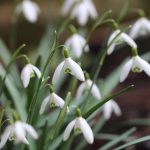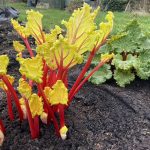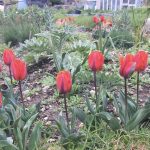May is the month when all plants start growing rapidly, resulting in lush, immaculate leaves. Everything feels fresh with endless possibilities and as a gardener, there is probably no better feeling than that. Now is the time to care for your seedlings, taking them onto maturity and to get into a rhythm or repeated extra sowings of veg and gradual maintenance around the garden.
Judge your last frost date
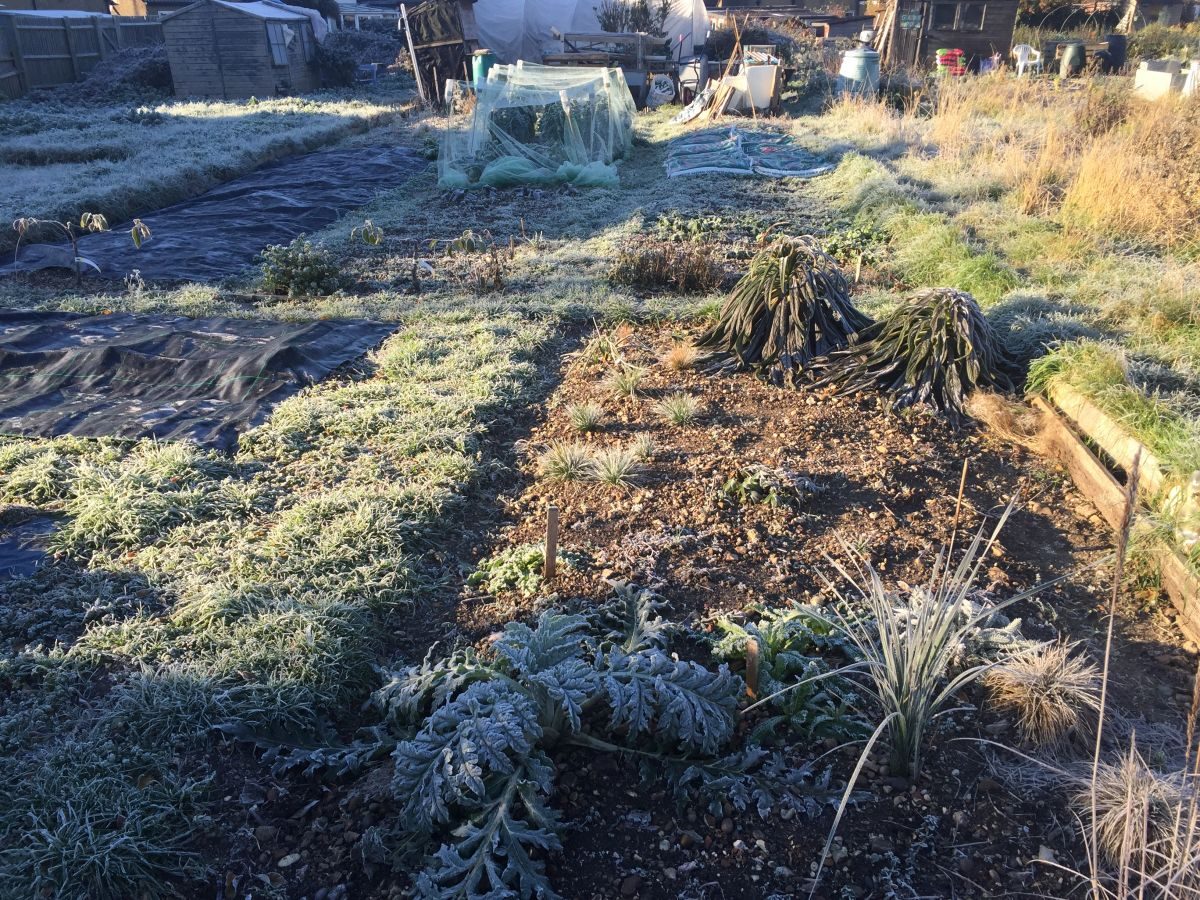
Really important for this time of year is keeping an eye on the last frost date in your area. This is the moment when winter has gone for the rest of the year with warm days and nights of summer ahead. Key being night temperatures, and I aim for the magic number of consistently above 5C – then you know the general temperature is fine for all plants, including tender things like tomatoes and courgettes.
There is no magic formula or date, it changes depending on the weather and on where in the country you live. In southern UK it usually happens around late-April, and that will definitely be the case in sheltered coastal and urban areas (London definitely). The northern half of the country it will be late-May or even early-June.
To judge it in your area, keep an eye on day and night temperatures on weather apps. When you get a week of night temps above 5C at this time of year, that generally means the season has changed – but watch out! Sometimes Jack Frost makes a sneaky late visit and if he does, you need to bring tender veggies and annuals back inside or cover with something like horticultural fleece.
Pot on
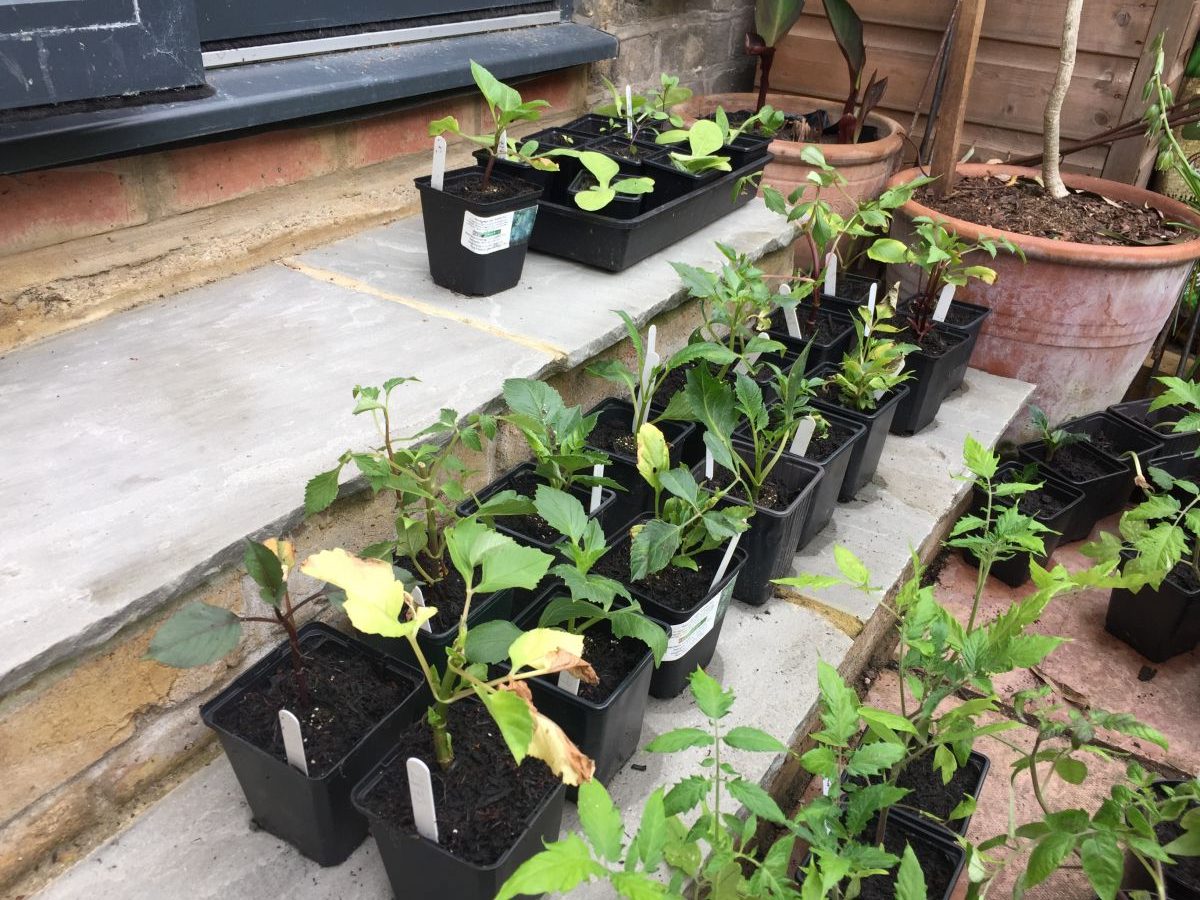
I dislike the term ‘pot on’ but I can’t think of anything better. Potting on is the process of planting something into a bigger pot to give it more root space and access to nutrients in more soil. At this time of year, if you’re growing from seed, you’ll be spending a lot of time ‘potting on’.
Generally it’s best to plant something into a pot a few centimetres bigger than the one its in and keep repeating that process as the plant grows. The idea being that the plant isn’t sitting in a load of wasted compost or to help save you space.
Personally I think the idea of a plant ever being in ‘too big’ a pot from a growing perspective is total nonsense except for some that flower better in tight pots (e.g. agapanthus). You don’t hear plants screaming in horror being planted in the unlimited space of the ground. So I usually skip a few sizes and go for larger pots to save time.
Once a plant hits a 1 – 3litre pot (10 – 15cm wide) you can slow down, but it’s at this point I am usually looking for the plant’s final position outside or in a larger permanent pot.
Start fertilising
With so much growth happening at this time of year, it’s time to start fertilising. I use liquid seaweed fertiliser the most, and also make my own fertiliser from stinging nettles and comfrey.
I won’t go into lots of detail here about homemade fertiliser but essentially you squash handfuls of the leaves (use gloves obviously for nettles) into a bucket and fill it with water until it rots down after a few weeks. Add resulting stinky water into a watering can and dilute (1:10 ratio), then water around plants. It sounds too good to be true but really does work, giving plants lots of natural nutrients. I’ve only used these fertilisers for years in my own garden and allotment, if you need some evidence, look at photos across my site.
It’s worth fertilising lawns too, my favoured type for this is chicken manure pellets (free range only!)
Plant out annuals (veg and flowers)
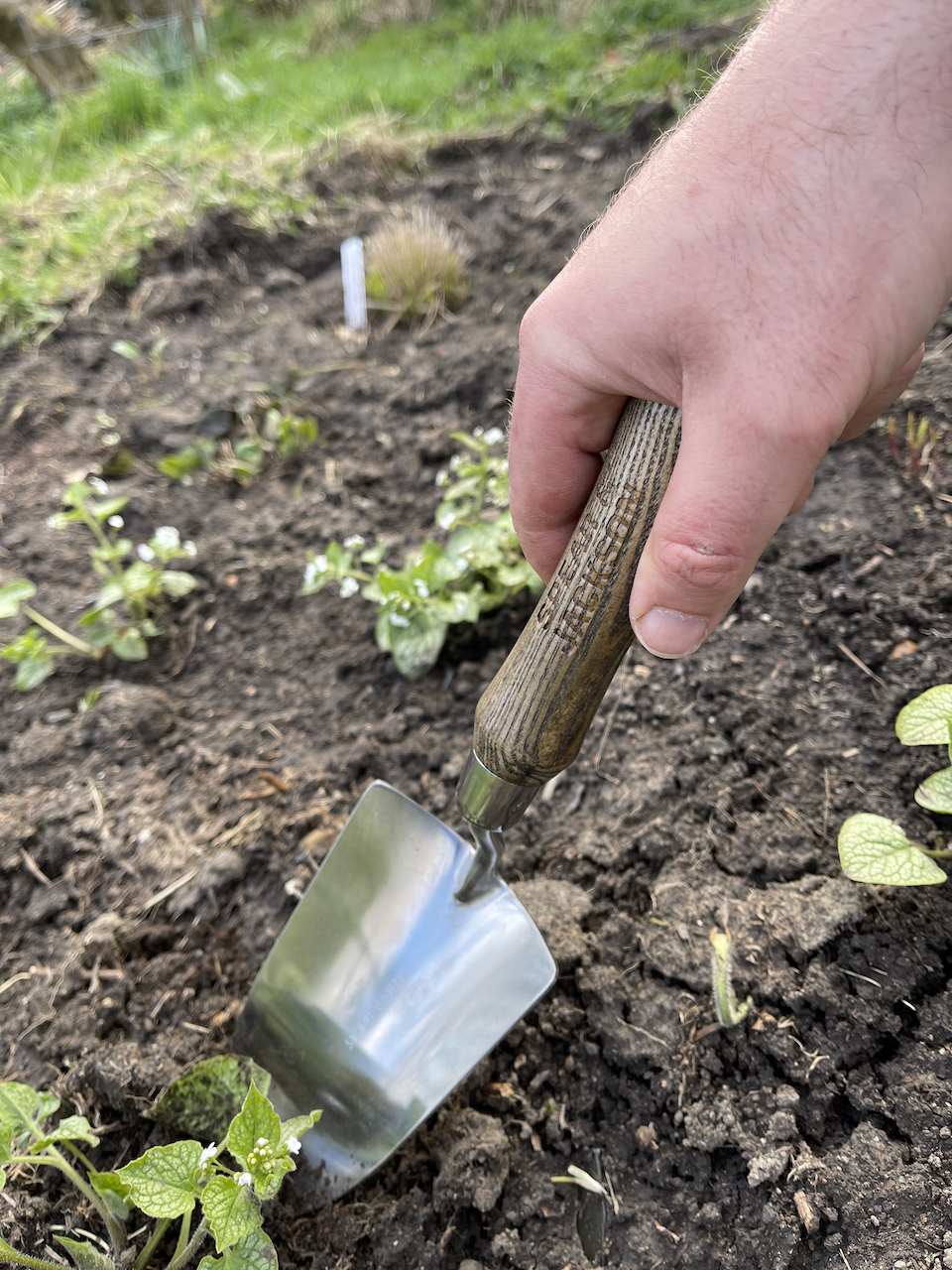
Hardy plants for your area can be planted year round.
Half-hardy plants can go out when the worst of the weather is over in spring but cover with fleece on nights closing in on 0C or lower to avoid damage to leaves and to keep them growing strongly.
Tender plants can only go out when frost have gone for the year.
For all, if the plants have been grown undercover in a warm house, polytunnel or greenhouse, particularly if heated, acclimatise them gradually to the outdoors. Do this by positioning in a sheltered spot by a house wall or in a cold frame first – I often do this in the day before bringing them in at night. Do this for a week before leaving out permanently.
Someone suggested this process was a gardening myth and unnecessary recently, but I recently ordered plug plants of one of the hardiest plants I know. I left them outside on the first night and they all died in the frost because the nursery had been growing them inside in a heated greenhouse – the growth was too tender to handle the outdoors.
Allotment or kitchen garden
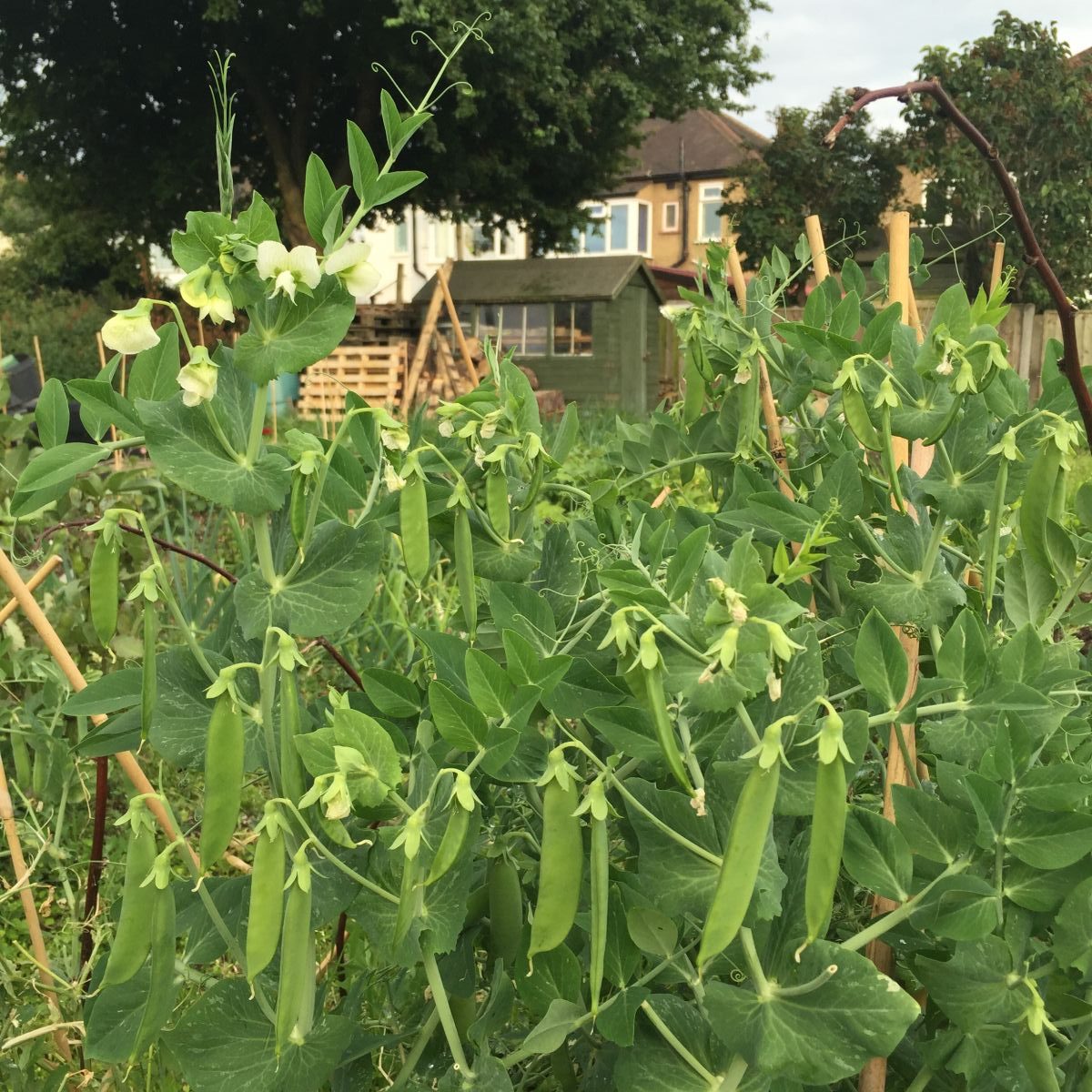
- Open greenhouse and polytunnel doors: on hot sunny days otherwise your seedlings can cook! But remember to close them at night to avoid frosts. May is a crazy month of weather extremes.
- Set up supports: 2m tall solid polls in wigwams for climbing beans, multi-branched twiggy sticks for peas to climb up (to about 70cm).
- Cover emerging potato leaves with earth: this will protect from frosts at night and encourage more potatoes below ground.
- Add manure or compost around fruit: for nutrients and moisture retention in summer.
- Keep sowing salad crops and carrots every 3 – 4 weeks
- Weed around asparagus, raspberries and onions by hand: the most annoying plants to weed around because their roots are so shallow and fragile. Get on top of it now before they get out of hand in summer.
- Sow sweetcorn, courgette, pumpkin, french beans and squash seeds indoors this month: then plant out when your last frost date has passed.
Sow some extra flowers
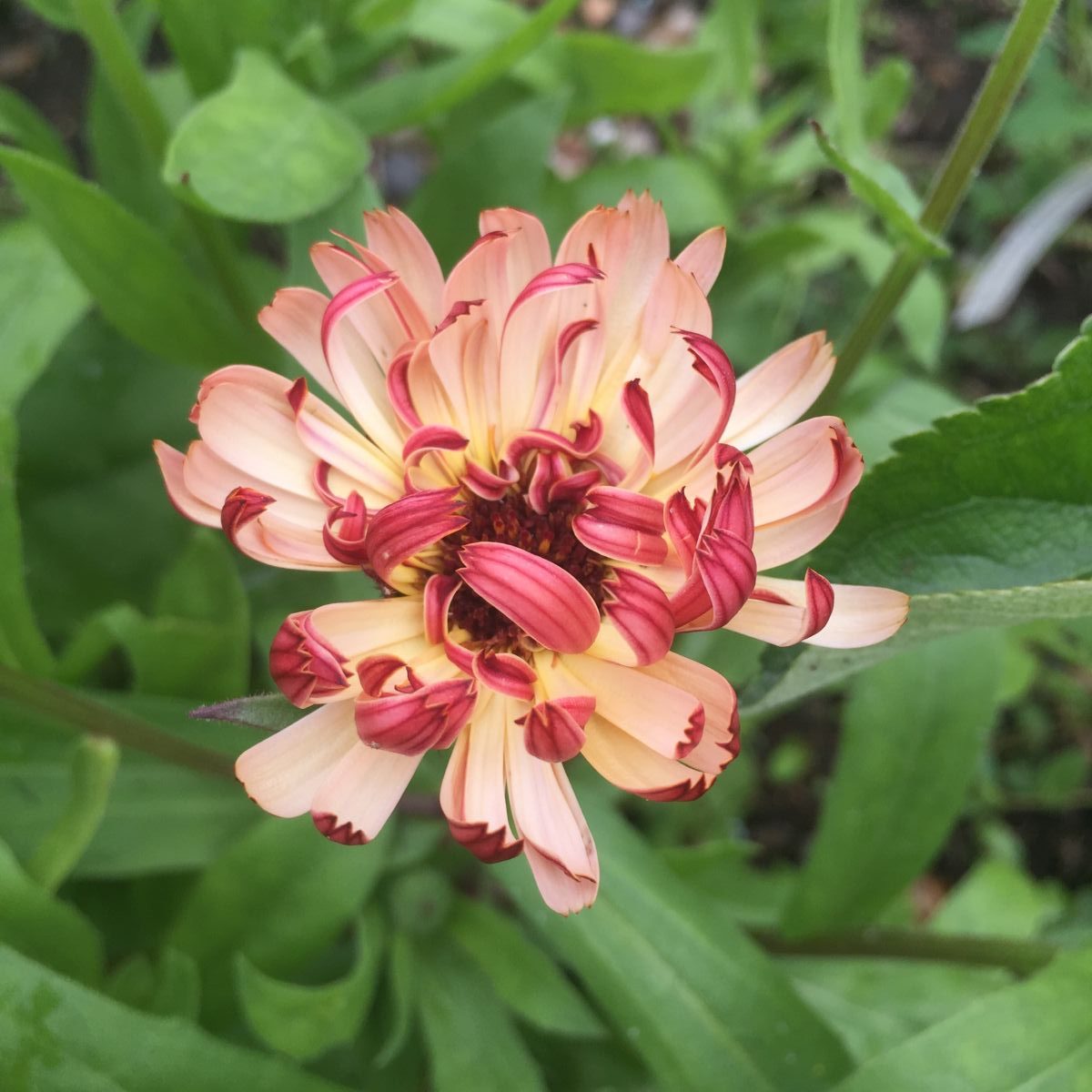
There’s still time to sow annual flowers such as:
- Calendula
- Nasturtium
- Ammi
- Nigela
- Cosmos
And perennial flowers, though perennials may not flower until next year.
